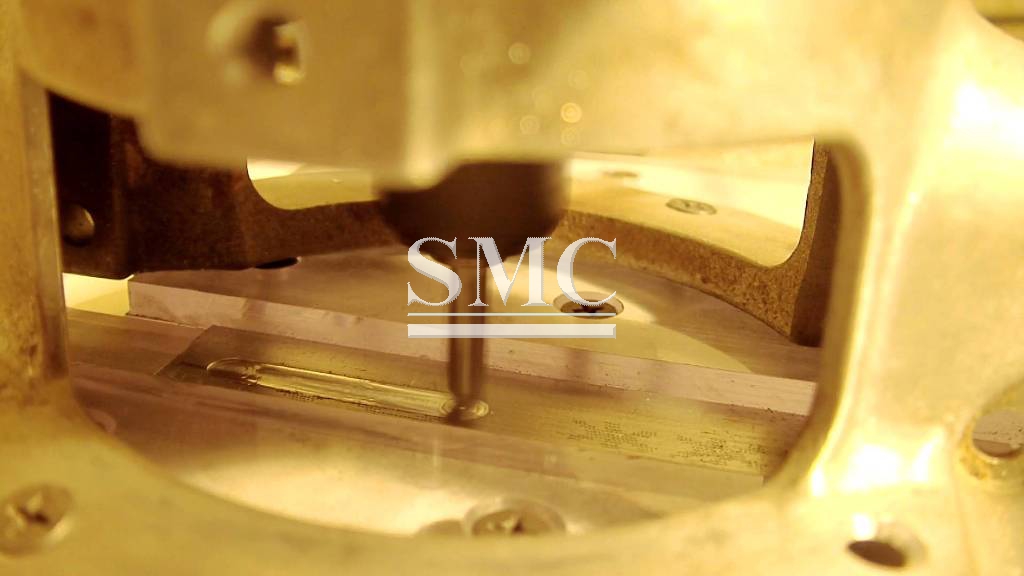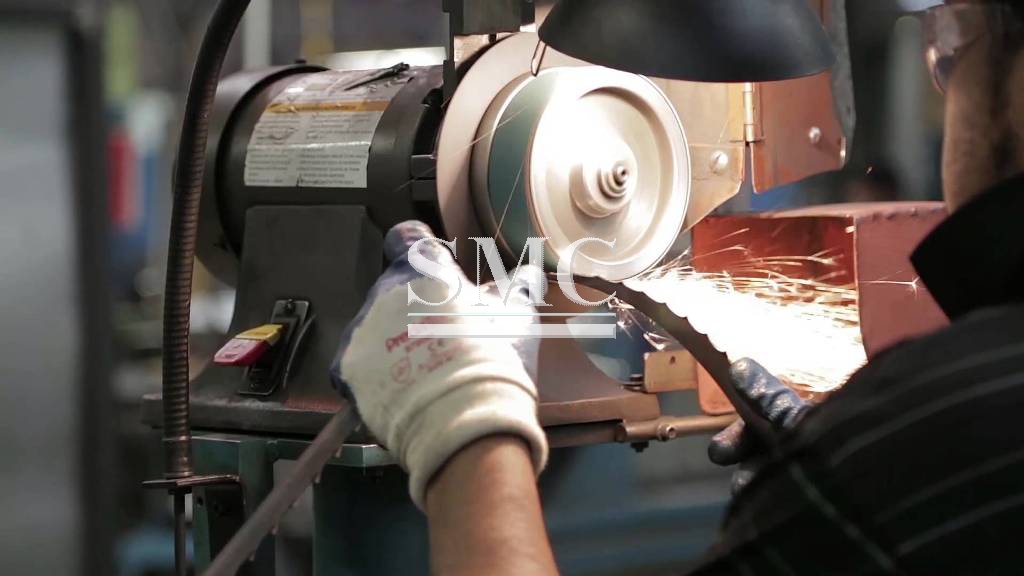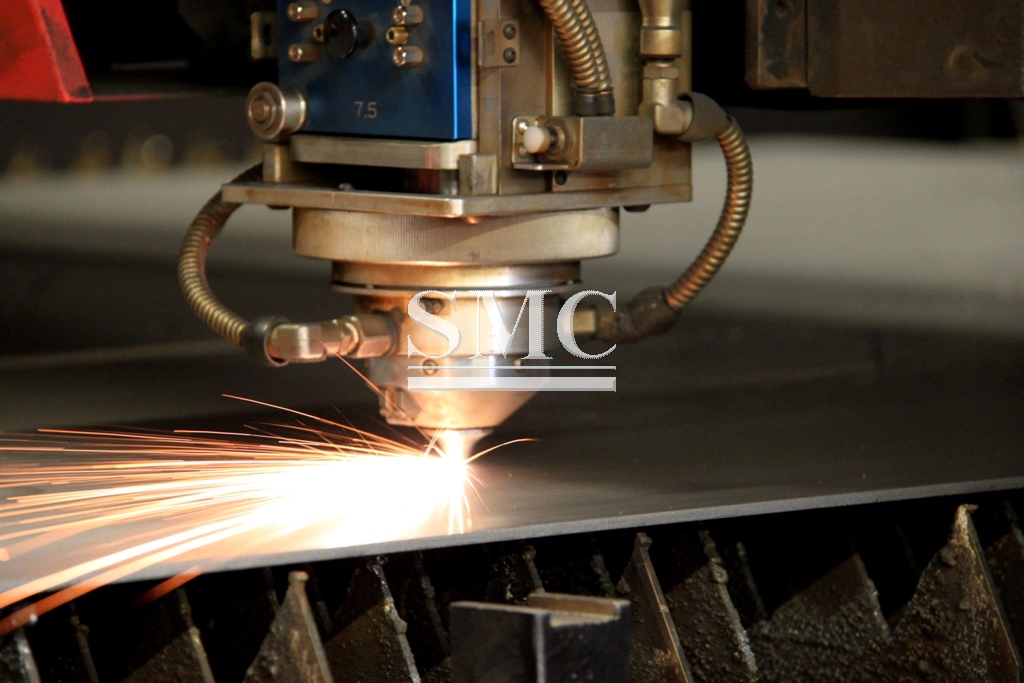
- Unternehmensübersicht Das Herz von Shanghai Metal Vision und Philosophie Partnerschaft Zertifizierungen Unternehmenskultur
- Unser Service Projekt-Design Wartung und Service Herstellung Transformation und Aufrüstung Lagerung und Logistik Verarbeitung und Handel
- Management Unsere Geschichte Globale Verantwortung
- Beschaffungszentrum Praktikum
- Metall Aluminiumprodukte Kupferprodukte Metallisch beschichtete Produkte Edelstahlprodukte Stahlprodukte Sonderlegierung
- Konstruktion Stahlgitter Lagerregal Stahlstruktur Stahlbrücke Gerüstbau Baumaterial Chemische Rohstoffe One Stop Solutions for Projects
- Containers ISO Standard Container Gerätecontainer Lagerbehälter Container Haus Reefer / Isolierbehälter Offshore Container
- Maschinen Formmaschine Andere Maschinen Schneidemaschine Verarbeitungsmaschine Biegemaschine Ziegelmaschine Motor
- Mechanische Produkte Fahrzeugindustrie Verschiedenes Festmacher Schiffsausrüstung Druckbehälter
- Elektrisches System Elektrisches Kabel Automatisierung Machtverteilung Solarenergie System Elektrisches Schutzsystem Transformator Fließband Blitzsystem
- Medizinisches Zubehör Fütterungsprodukte Atemwegsprodukte Pflegeprodukte Injektionsprodukte
- Baumaschinen
- EPC-Projekt
- Erdölleitung
- Wasserleitung
- Gas Leitung
- Boots- und Liegezubehör
- Metall zur Dekoration
- Transformator-Komponenten
- Wärmetauscherrohr
- Klimaanlage Ersatzteile und Zubehör
- Kessel
- Küchen- und Badezimmergerät
- Metall für Haushaltsgeräte
- Solarstromgerät
- Aufzug
- Dach und Decke
- Kabel
- Tank
- Verpackung
- Maschinen und Anlagen Ersatzteile und Zubehör
- Formenwerkzeug
- Autoteile
- Gleis- und Kranbahn
- Hardware-Anpassung
- Schleifmittel
- Straßenbaumaschinen
- Elektronische Bauteile
- Bau- und Ausbaumaterialien
- Türen und Fenster
- Kühlschränke
- Pressemitteilung Nachrichten aus der Metallindustrie Nachrichten von Maschinen und Anlagen Nachrichten von Bau und Gebäude Nachrichten von mechanischen Produkten Nachrichten von Containern Nachrichten von Elektrik System Nachrichten von medizinischem Zubehör
- Medienbibliothek Videos Bilder Folgen Sie den sozialen Medien in Shanghai
Tube and pipe cutting techniques, advantages and limitations
Many factors are involved in choosing a particular method or technology for cutting tube or pipe. The basic factors that affect the cut are the tube or pipe material, wall thickness, squareness of ends, end-conditioning requirements, and secondary process requirements.Other factors that play a role include production volume, cutting efficiency, overhead costs, and special requirements of the tube or pipe material.

Abrasive Cutting
Abrasive sawing is a basic, manual method of cutting-to-length product to the customer's specification in any alloy. An abrasive saw operates with a circular abrasive blade or resin-composition wheel—either wet or dry—that grinds through the product.
Cut size capabilities depend on the machine. Some abrasive cutting machines can handle a solid round up to 4 in. outside diameter (OD). This general-purpose method is useful for hand-loading applications and small product runs that do not require critical end conditions.
While an abrasive saw is easy to use and requires little or no setup time, it cannot provide a square cut or tight tolerances. Because the process uses a cutting or burning action, it is not efficient for thick-walled material. It also might leave a heat-affected zone (HAZ) that can affect secondary processing.
While abrasive sawing is inexpensive and quick, it produces significant kerf and a heavy burr that might have to be removed by deburring.

Band Saw Cutting
Band saw cutting is a fully automatic process and the most common method for cutting rod, bar, pipe, and tubing. This process is excellent for large-volume cutting. Some band saws can handle large product bundles.
The blade is a continuous band of metal, available in various tooth configurations, that rotates on two wheels. Depending on the model's design, the blade's approach to the metal may be horizontal or vertical. Each configuration has advantages for particular products or applications.
Band saw cutting is a viable method for cutting a variety of shapes, such as squares, rectangles, channels, I beams, and extrusions. A band saw's capabilities vary depending on the model. Most are automated, and some feature CNCs. Shuttles make it possible to cut any material length. While shuttles typically are 20 to 24 in. in length, longer ones are available.
Despite the many advantages of band saw cutting, it is not an efficient process for cutting thin-walled products. Moreover, band saw cutting produces a burr and does not achieve tight tolerances.
Laser Cutting
Despite the high capital cost, a laser cutting system provides a range of capabilities and associated advantages. Easily controlled with automation equipment (CNC), a laser allows an operator to cut, deburr, inspect, and even pack material while the laser runs continuously.Lasers, which concentrate a tremendous amount of heat energy into an extremely small area, produce narrow kerf widths, tight tolerances, and minimal HAZs. They cut with little distortion to the workpiece and can cut harder materials, including stainless steel alloys, nickel alloys, and titanium. However, the inside of the tubing must be coated with antispatter fluid.

A laser is best as a contouring tool. It can be programmed for a variety of special requirements, such as making small holes (with diameters smaller than the material thickness), etching part numbers, and cutting difficult-to-reach areas.
Shearing
A tube shear is a completely automatic, high-speed machine that uses two shearing plates and two ID punches under extreme pressure to cut tubing. The shearing action is the same for all sizes and wall thicknesses with maximum limits.
Speed and volume are the benefits of tube shearing technology. The shorter the cut piece (minimum of 0.25 in.), the higher the production rate. This extremely high-output operation can produce as many as 7,000 pieces per hour in an eight-hour shift. Specific capabilities depend on the shear and the material's wall thickness.
Shearing produces no kerf loss. For high-production, smaller-OD product, this benefit can provide a significant savings in material.
Tube shearing can achieve tight tolerances. However, because of the shearing action, sheared tubing is slightly out-of-round. Other disadvantages include tooling cost—dies are custom-made for specific ID requirements—and setup time, which can take one to two hours. Therefore, shearing is not cost-effective for small runs.